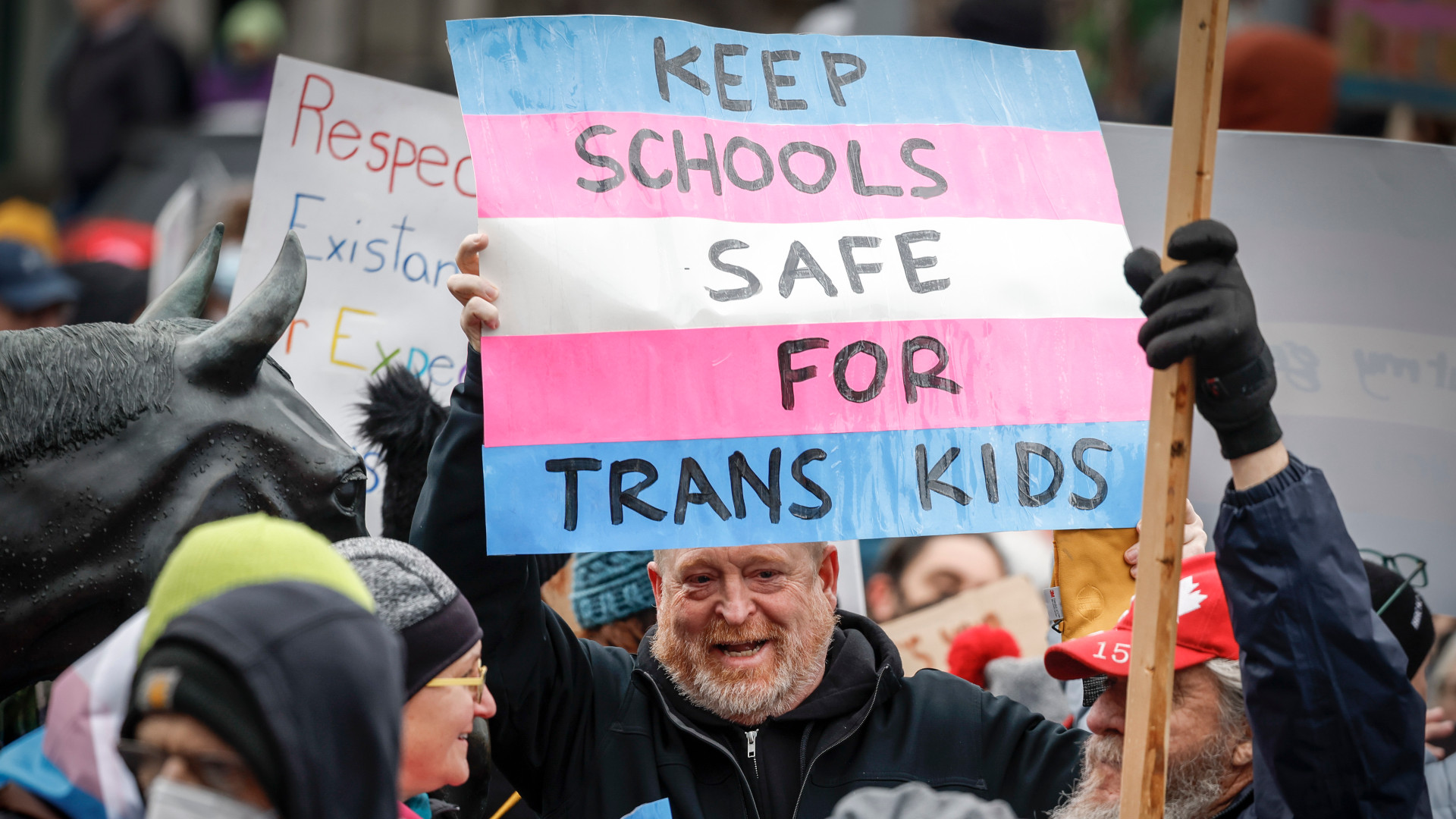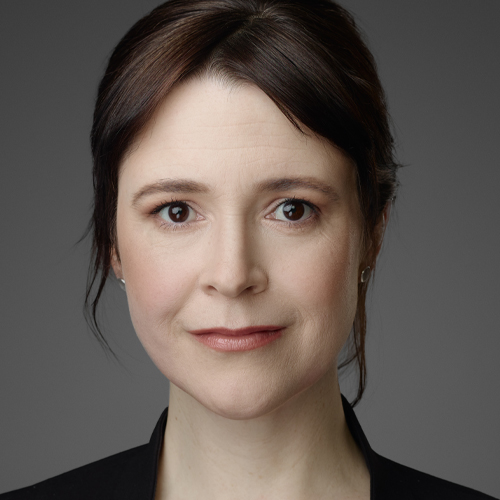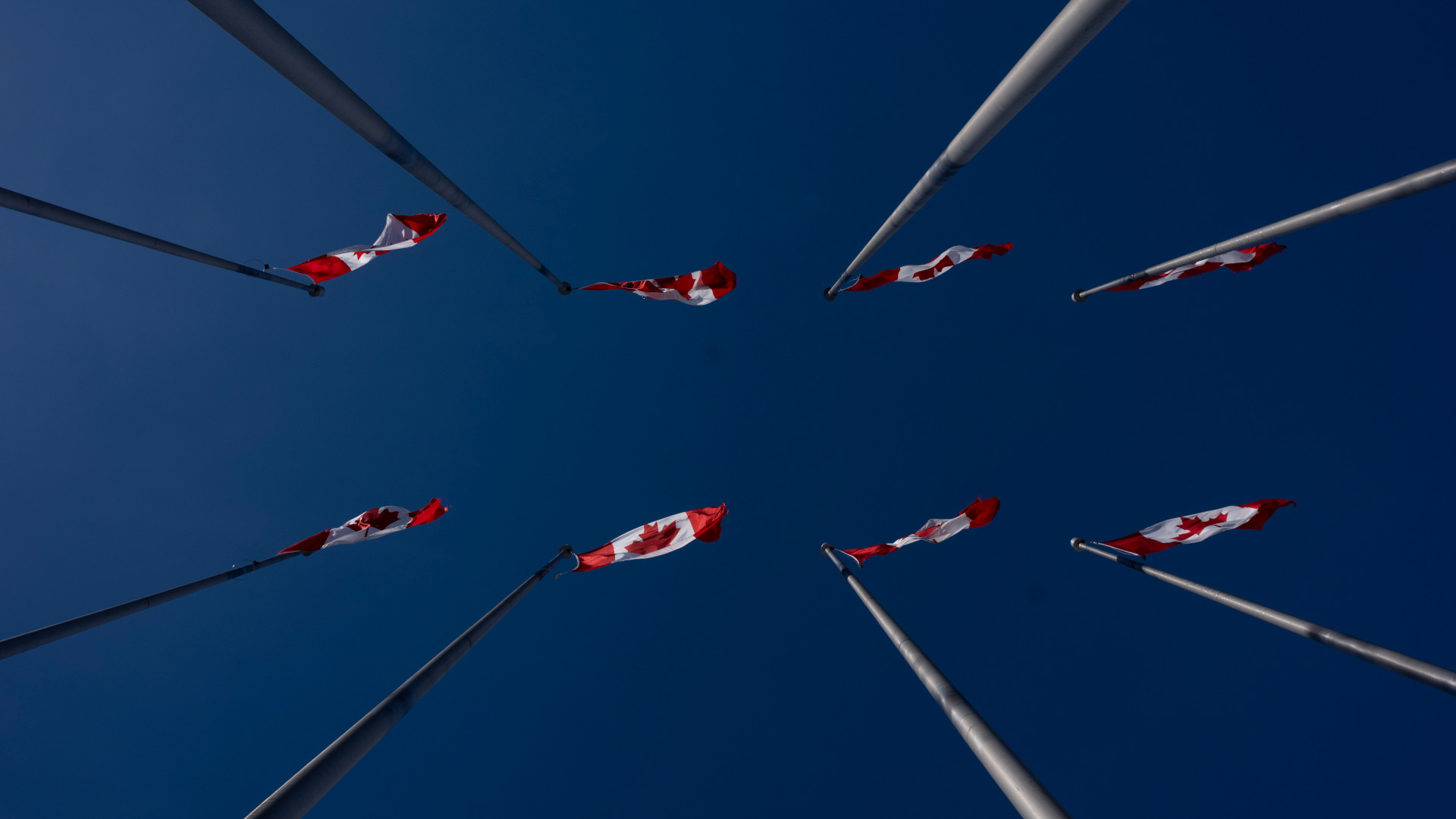
(Version française disponible ici)
Quebec Premier Francois Legault took to the media to call for changes in how Canada manages asylum claims. With 64 per cent being processed in Quebec in 2022, one of his demands was that asylum-seekers be distributed across the provinces to even out the additional demands on health care, housing and other public resources required to support the new arrivals.
In contrast to his problematic call to close the Roxham Road crossing, the interprovincial redistribution of asylum seekers may be viewed as a feasible policy with precedents in several European countries, including Germany, that could provide inspiration.
However, there are concerns that would have to be addressed before considering such a policy, including a workable funding solution between Ottawa and the provinces, how to provide the necessary infrastructure and human-rights issues.
How are asylum claims managed in Canada?
Currently there is no mechanism for assigning a place of residence to individuals who file an asylum claim in Canada. Claims are filed in the province in which someone arrives. If an initial review determines that the claimant is eligible for consideration, that province provides access to services such as emergency housing, health care, education and social and legal assistance. Municipalities and non-governmental organizations may also contribute to this support. Claimants are free to move to another province and have their claims assessed there.
The federal government supports some of the costs of hosting asylum-seekers during the process, through the Canada Social Transfer, the same block payment that provides provinces and territories funding on a per-capita basis for programs like post-secondary education.
The German model: Efficient and effective at redistributing costs
Since the Second World War, Germany has managed steady inflows of asylum-seekers, with big peaks in the early 1990s and mid-2010s. Over 1.2 million asylum applications were submitted from 1990 to 1993, and another 1.2 million were filed in 2014-2015 alone.
Germany manages a substantially higher volume of asylum applications than Canada, as a comparison of the years 2011 to 2022 shows. In that period, Germany processed over 2.8 million asylum applications, while Canada had just over 417,000. In peak years, Germany received 745,545 (in 2016), while Canada received 92,100 (in 2022). On average, the number of applications received annually was almost seven times higher in Germany than it was in Canada, while Germany’s overall population is roughly two times larger.
Germany has long distributed asylum-seekers across its federal states. Its current mechanism for doing this was first integrated into West Germany’s 1982 Asylum Procedure Act and later modified to include the former East German states. Asylum claimants are distributed across the 16 federal states according to what is known as the Königstein Key (Königsteiner Schlüssel).
The key calculates quotas for asylum seekers based on each state’s tax revenue and population. More populated and economically powerful states are assigned proportionally more asylum seekers than those with fewer inhabitants and smaller economies. In 2023, North Rhine-Westphalia, a large state in western Germany, is responsible for just over 21 per cent of asylum-seekers while the small city-state of Bremen is responsible for slightly fewer than one per cent of them.
As soon as an asylum seeker launches a claim, regardless of where they do so, an electronic system automatically determines which state will handle their case, and they are immediately sent onwards (at the cost of the first state they arrived in).
Once they reach their assigned state, asylum seekers are distributed across reception centres in that state, and the state pays for benefits like food, housing, clothing and health care. In order to receive these benefits, asylum-seekers need to remain registered and resident in the municipality they were assigned to for at least the first three months after arrival.
The German model is widely regarded as one of the most effective systems of dispersing asylum-seekers geographically. Yet, like all such systems, it has its downsides. Also, the features that make it highly effective require certain political conditions that are not easy to replicate in other countries. There are certain human and social costs.
While it may be desirable from the perspective of the state to distribute asylum seekers geographically, doing so requires that the freedom of movement of individuals be restricted, at least for an initial period.
This has two main downsides. First, new arrivals cannot choose to take up residence in a place where they have family, friends and/or a community. This means that they lack the network connections that are sources of information, support and well being. If asylum-seekers gain permanent residence, the absence of networks can hinder their social and economic integration. Some scholars argue that the disruptive effects of dispersal on asylum-seeker’s networks are welcomed by states like Germany, as means of deterring new arrivals.
Second, true geographic dispersion means placing them in communities that have little or no history of receiving immigrants. In Germany, asylum-seekers placed in more rural areas have been vulnerable to xenophobia and even racist violence.
Asylum seekers and refugee housing centres have regularly been subjected to xenophobic attacks in Germany since the early 1990s. The most infamous of these occurred in a suburb of Rostock in 1992.
Isolation from networks and potentially hostile environments are not just detrimental to asylum-seekers. They can also create costs for society, in the form of poor social and economic integration and increased ethnic and racial tensions, both of which can be mobilized by far-right politicians.
Could Canada adopt the German model?
Due to growing exposure to global forces and refugee flows, Canada will undoubtedly receive increasing numbers of asylum seekers in the future. Designing and implementing an effective, German-style system could lead to better outcomes than more ad-hoc arrangements, as the comparison between Germany and the United Kingdom shows. However, that assumes that Canadians are prepared to pay for the human and social costs to distribute expenditures on asylum-seeker support across provinces. But first, there needs to be at least two key components put in place.
A legitimate means of determining quotas
One thing that made it relatively easy for German states to commit to a refugee quota system was the agreed-upon distribution mechanism – the Königstein Key. This was originally created in 1949 to fund research and science and had long been considered a fair and legitimate means of sharing costs. Its application to a new policy area was thus relatively uncontroversial.
In Canada’s current fraught state of executive federalism, creating a similar mechanism would likely lead to additional intergovernmental conflict.
Language politics could also complicate negotiations, as Quebec might request to only retain and host francophone asylum seekers on its territory. That would have to be factored into the distribution mechanism and, perhaps, make it harder to build political consensus around it in that province and in the rest of the country.
Infrastructure
All residents of Germany, including citizens, are required to register with their city or municipal authority within two weeks of taking up residence. Local registration is recorded on national identity cards (the most common form of personal identification in the country) and determines access to myriad social services. It is also used to determine the amount of funding a municipality receives from the state, including the number of school and kindergarten slots that are needed.
This system makes it possible to tie asylum seekers’ social and financial support to maintaining residency in a particular municipality. In other words, there is an effective infrastructure in place to enforce the quota system and to easily monitor asylum-seeker distribution and financial transfers between states and municipalities.
Canada has no such infrastructure. Nor is most of its immigrant support designed to maintain geographic distribution. One exception are the provincial nominee programs (PNPs) and – within those – collaborations with municipalities to get immigrants and refugees to settle outside of metropolitan centres. Yet, immigrants self-select into these, suggesting a willingness on the part of participants to settle in a particular region of the country.
If Canada chose to adopt a program for distributing asylum seekers across provinces and territories, it would be following established practices in Germany and other European countries. Doing this effectively and with minimal friction between jurisdictions requires careful planning and adequate population-management infrastructure, however. There are also human and social costs that need to be considered – costs Canada has not yet been willing to pay. These include curtailing the freedom of movement of asylum-seekers and creating living conditions that could be detrimental to them and Canada’s social fabric.









